Date: 13 August 2015
Energy-Environment-BuildingsBuildings consume 40 percent of total U.S. energy – 71 percent of the electricity and 54 percent of the natural gas.Fenestration impacts ten percent of building energy use, amounting to some $50 billion in operating costs per year and thus four percent of all U.S. energy. That’s $500 per household for window-related energy consumption in all buildings. General goals are to achieve a 50 to 80 percent reduction in carbon, which will require maximizing efficiency and decarbonizing energy sources.
Smart Electric Grid
The future of electricity production and delivery will be complex, dynamic, interactive and transactive. It will feature advanced metering and control interfaces.
In relation to buildings, we need to utilize sunlight more effectively. Peak demand reductions will involve dimmed lighting (daylight) and reduced solar gain (for less AC demand). Methods will include the use of electrochromic windows, dimmable LED lighting, photovoltaic sources and energy storage systems.
Guaranteed Performance
Selkowitz showed that, despite code approvals, LEED ratings, etc., low-energy buildings do not consistently perform as expected. In some cases, actual energy use is up to 80 percent higher than projected. Guaranteed performance depends on simulation tool accuracy, controlling actual construction/installation variances, anticipating occupant adjustments and other factors.
Window Performance Goals
Looking at what Selkowitz termed the “Hi-R” technology track, we have achieved improved framing (primarily in the residential sector), warm-edge insulating glass spacers, krypton gas in-fills and are solving gas loss and deflection issues. Today, U-factors are about 0.3; the long-term goal is less than 0.1
Emerging developments include vacuum glazing, dynamic glazing, photovoltaic integration, aerogels and improved commercial framing. The key feature of future performance is control: solar-optical spectrum tuning, intensity dimming, redirection of light into the room, etc.
Fenestration Systems
90 percent of all windows have attachments – exterior, interior or between-glass accessories added to existing windows to improve energy performance, comfort, glare, privacy, security or enhanced appearance.
The Attachment Energy Rating Council (AERC) has been formed to develop rating, labeling and certification of fenestration attachments. Its goal is fully automated operation to maximize winter solar gain and minimize it in the summer.
Windows as a Building System
The trend is to see windows as “active” and “smart” elements vs. passive. The challenge is to integrate control technology with other building systems. One approach is the “Internet of Things” (IoT) – interconnection of embedded computing devices within the existing internet structure. This would offer advanced connectivity of devices, systems and services in order to have every window and light fixture linked to a common smart operating system. Fortunately, the cost is going down for the various technologies involved, driven by powerful market forces outside of the building industry.
Selkowitz summarized that new technology and smarter design offers new business opportunities for manufacturers that deliver value-added benefits and savings for occupants and owners – as well as lower impact on the global environment.



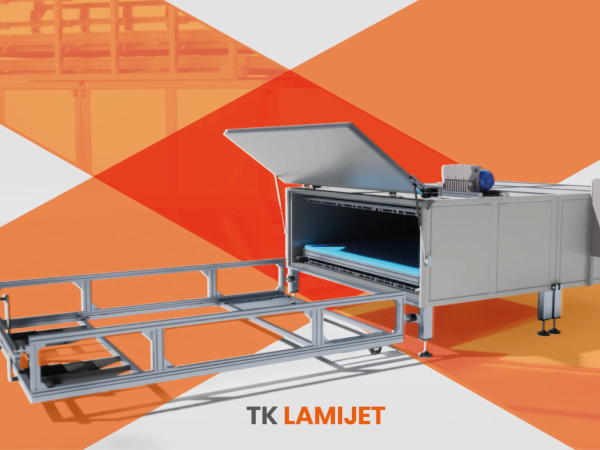
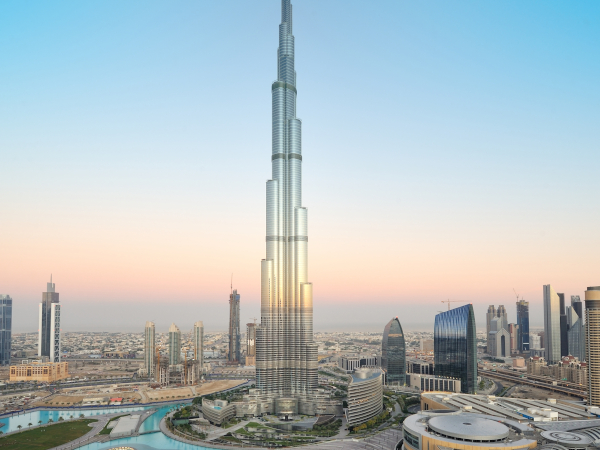
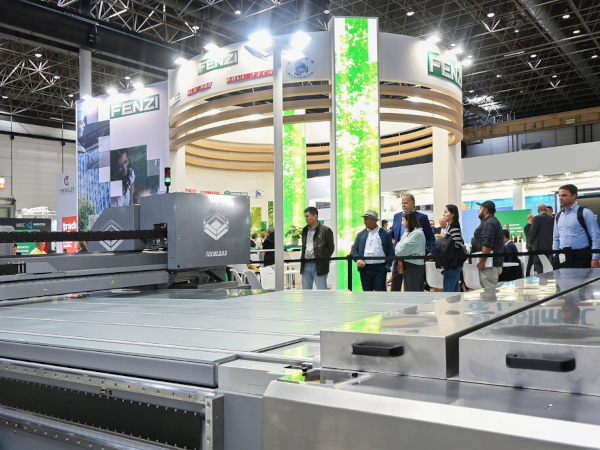
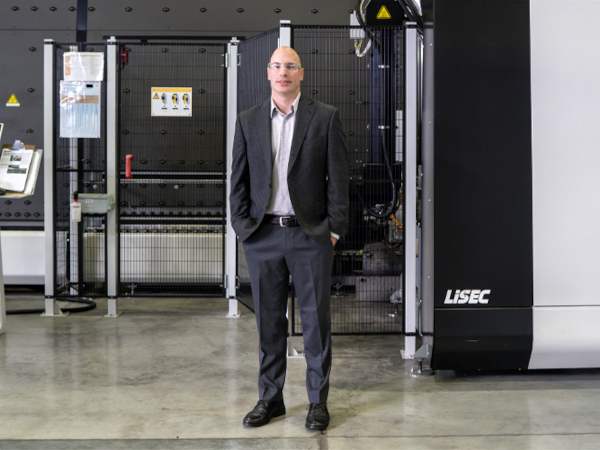

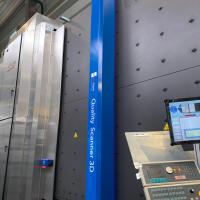
Add new comment